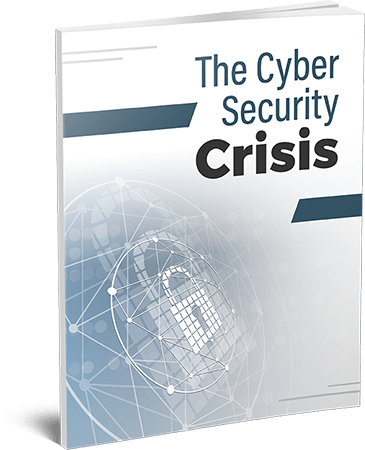 Rolling out Microsoft 365 Copilot can feel like a game changer. It speeds up workflows, drafts reports, summarizes emails, and helps your team get more done with less effort. But here is the part that does not get talked about enough: if your permissions and sharing settings are not locked down, Copilot can access far more data than you intended, and that creates real risk.
Rolling out Microsoft 365 Copilot can feel like a game changer. It speeds up workflows, drafts reports, summarizes emails, and helps your team get more done with less effort. But here is the part that does not get talked about enough: if your permissions and sharing settings are not locked down, Copilot can access far more data than you intended, and that creates real risk.
Why Copilot deserves extra attention
Copilot is not tied to just one app. It touches Word, Excel, Outlook, Teams, SharePoint, and OneDrive. It can see the same documents, emails, chats, and files your team can see. That is fantastic for productivity if your underlying permissions are actually secure.
The major security pitfalls
Here are the common issues I see when businesses turn on Copilot without reviewing their environment first:
- Too much access for too many people: When users already have broad access to data, Copilot inherits those permissions. Suddenly an employee may surface sensitive information simply because no one tightened the access controls.
- Unintentional data exposure: AI generated summaries or reports might pull in confidential details without the user realizing how sensitive the combined information really is.
- Out of control sharing: When files are scattered across SharePoint sites, personal OneDrive folders, and long running Teams threads, it becomes difficult to track what is exposed and Copilot amplifies that visibility.
What this means for your business
This is not just a technical challenge. For small and mid sized companies, the stakes are high. Sensitive client information, employee records, financial data, or contracts could be surfaced unexpectedly. That can lead to trust issues, regulatory trouble, or a costly response effort.
Your practical next steps
Here are simple steps that go a long way:
- Audit permissions and sharing settings to ensure the right people have access and only to what they truly need.
- Classify your data so you know what is sensitive and where it lives.
- Train your team on how Copilot works and what types of information it can access and combine.
- Adopt least privilege access so permissions match a user’s actual responsibilities.
- Implement a Zero Trust mindset by treating all requests as untrusted by default and verifying user identity and access before anything is granted.
- Monitor and revisit access regularly, because your environment evolves and so does your risk.
Final thought
Copilot can be a tremendous asset if your house is in order before you turn it loose. If you are unsure whether your Microsoft 365 environment is ready for AI tools like this, it is worth taking a closer look. Your productivity boost should not come at the cost of your data’s safety.



